I built a Piscataqua River Wherry over the winter and, when I launched it this spring, I found the need to add a bit of ballast to trim the boat to its designed load waterline in order for it to track without undue effort and to reduce the quick rolling motion typical of wherry-type hulls. It turned out that I had gone a bit overboard in shaving weight by choosing lighter scantlings and plank thickness during the build and the hull came out very light—about 50 lbs or so underweight. After seeing the unintended consequences while rowing the boat, I put four, 10-liter/2.6-gallon water jugs (about 80 lbs) under the center thwart. While this did the trick, I looked for a permanent, more elegant solution. Using water for ballast instead of the more traditional approach of using beach stones provides a measure of safety should the boat be swamped, as water offers neutral buoyancy. The bags are stout enough to stand upright while being filled with water. The screw-on caps are tethered and have two parts. One opens the bag for filling with water (left) and the other, smaller cap leaves a valve with the bag (right) so it can be filled tight with air, orally inflated, or with water from a faucet or hose. To fill the bag with a hose, open the large valve and press the top of the bag flat against the bottom to expel the air. Insert the valve and hold the hose to the smaller opening. The valve will allow the bag to take on water until it is quite tight.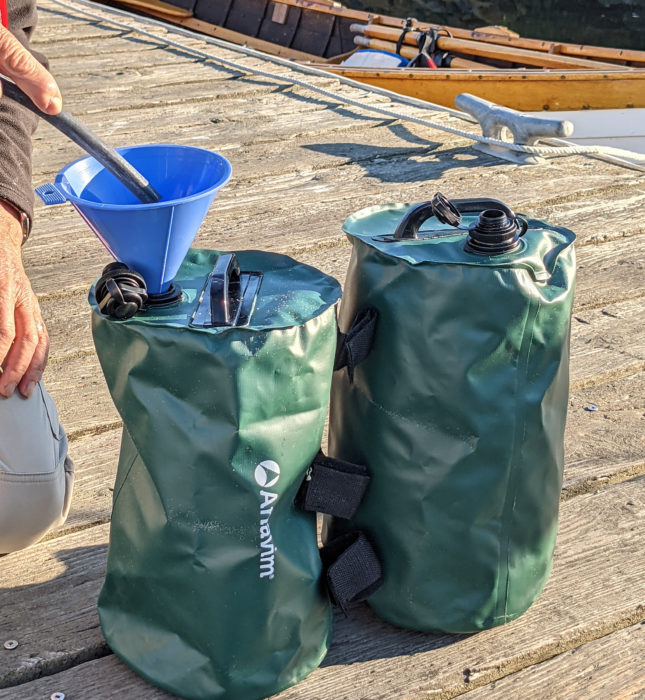 Jim Tolpin
Jim Tolpin
Join The Conversation
We welcome your comments about this article. To include a photo with your remarks, click Choose File below the Comment box.

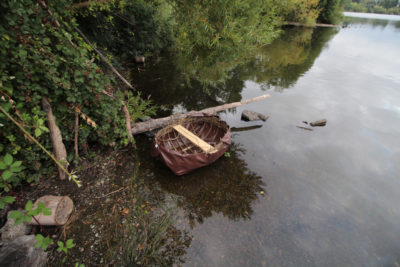
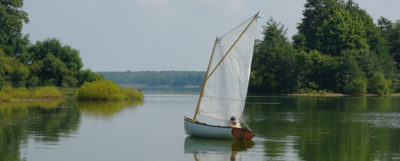
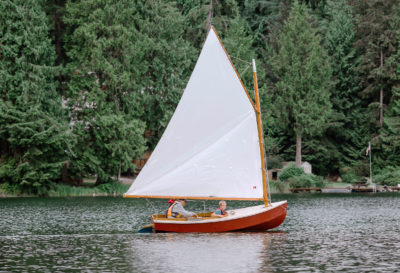
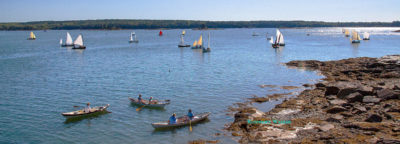
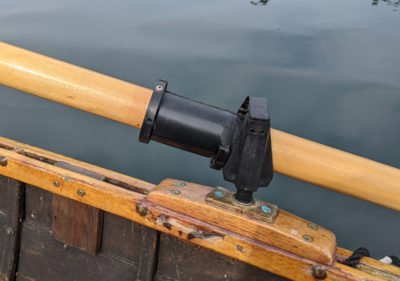
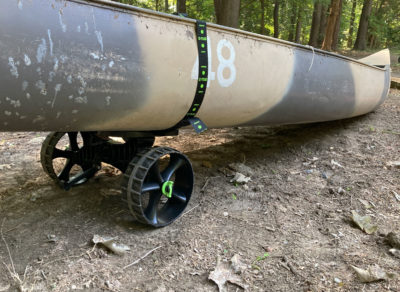
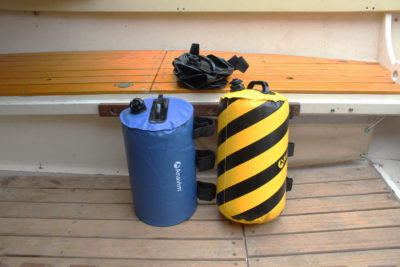
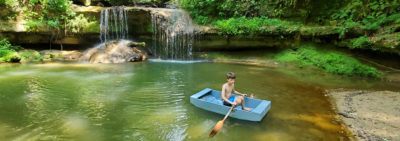
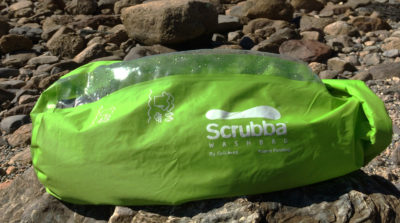
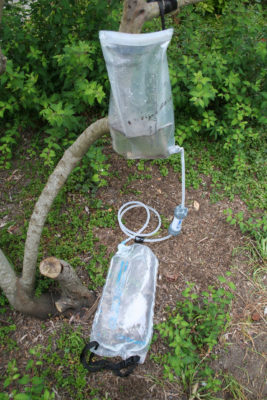
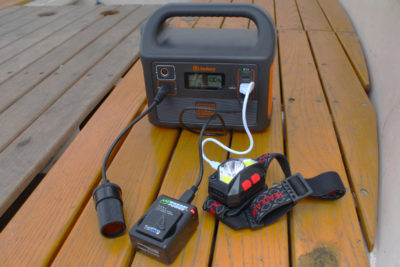
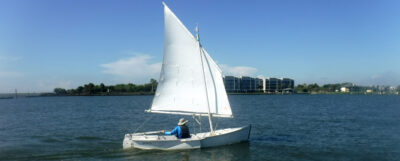
I wonder if these are as strong as the beach rollers that Duckworks sells. I’m thinking more in terms of fenders rather than lifting or rolling a boat over ground. These are certainly much less expensive.
The material used in the ballast bags is about 0.5mm thick, half the thickness of that used for the Aeré beach rollers, but both are fabric-reinforced. I could stand on the filled Anavim ballast bags and the saddle bags and they weren’t harmed by the pressure. It seems they could indeed be used as fenders for trailered boats where they’d be used occasionally and could then be deflated for storage while underway. The constant wear they’d be subject to with a boat kept dockside might wear them out more quickly than standard fenders.
—Ed.
I have a sailboat (a Swallow Storm 15) that is too light, and have been thinking of adding some removable form-fitted blocks of epoxy set with shot or similar.
The neutral buoyancy of water is an added attraction of going down a similar path with water bags, which should have but didn’t occur to me.
Thanks
What’s interesting is the number of times I search for something boaty on the internet, like how to add ballast to my tippy sailboat, and find a link to a most pertinent article on the Small Boats Monthly website. Pretty impressive!